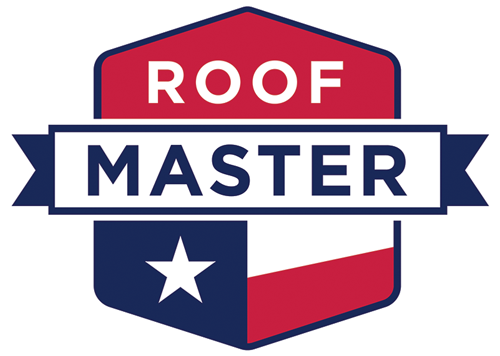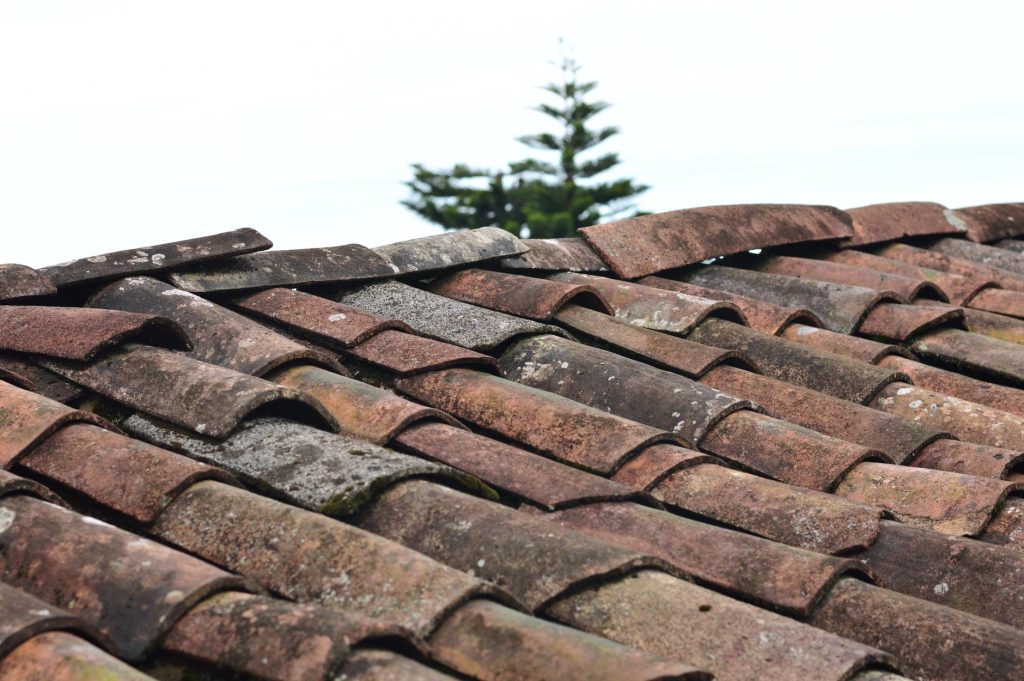Shingles blown off a roof after a storm can be frustrating for a homeowner. While some people may opt to do the shingle replacement themselves, others may hire roofers to do the work. Whether the homeowner is able to fix the problem through DIY will likely depend on their level of expertise as well as the complexity of the roofing structure.
Repairing the shingles is necessary to protect the roof from exposure to other elements, hence ensuring a longer lifespan. However, doing shingle replacement yourself can be challenging. Thankfully, we are here with tips and a guide to help you reinstall your roof.
But before we get into the repairing process, you first need to know why the roof was blown off. It could be because the shingles are loose due to age, poor installation, or strong winds. Luckily, we have solutions to blown-off roofs. Read on to learn more.
Shingles and High Winds
Shingles come with a wind rating to ensure they don’t damage when the winds are high. Traditional shingles have a high wind ratio of 110 to 130 miles per hour, meaning they can withstand strong winds.
It’s important for homeowners to pay attention to the state of their roofs after severe weather events, especially if their shingles are made of soft material. Some homeowners do not conduct roof inspections after strong winds, and as a result, they don’t notice that shingles have blown off, exposing other roof parts to elements like water and sunlight.
Roof inspections after a storm are easy to do. However, before climbing the roof, observe all the safety measures. For example, use a sturdy ladder to go up the rooftop and wear safety equipment. Alternatively, you can hire a professional roofer to inspect it.
Roof Blown Off? Here are the Reasons Why
While lost and blown-off shingles are primarily associated with old roofs, even new ones can incur damage.
Examining the roof before repairing it is essential to first deal with the cause of the problem. When you restore the missing shingles and fail to fix the root cause, you will suffer high maintenance costs. Some of the reasons for shingles blowing off roofs are:
- Incorrect Installation
Hiring a less-qualified roofer or installing the shingles yourself without enough skills and expertise results in a lousy roof. The most common mistakes that result from a lack of expertise are the poor alignment of the shingles and using the wrong nails.
These shingles then lack a strong connection at their meeting points and edges, creating a weak roof. Poorly installed shingles can easily be blown off by wind and storms.
- Aging
Roofs have an expiry date too, and when the shingles overstay, they become loose. The adhesive fails even after many replacements, and some nails come off due to worn-out wood.
Besides, most roofs don’t live to see the end of their indicated longevity. Other elements like moisture, sunlight, and homeowners walking on the roof can accelerate aging. Consider replacing the entire roof if it is older than 20 years.
- Shingle Materials
While shingle installation significantly contributes to the roof’s strength, its materials also play a part. Light shingle materials like aluminum hardly withstand strong winds. Ensure you replace the shingles as fast as possible before they get exposed to moisture.
Repairing Shingles Blown Off the Roof
Once you know why your shingles are missing, the next step is repairing them. Some homeowners replace the entire roof once they suffer missing shingles. However, a replacement won’t be necessary if the shingles are new.
Thankfully, repairing the shingles is faster and cheaper.
Steps to Replacing a Blown Off Shingle
For those who have the skills to replace shingles that have been blown off the roof, here are the steps to follow:
Step 1: Clean the Area
Sometimes only a part of the shingle blows away. If the other part is intact on the roof, remove it. Use a pry bar to remove the parts and the old nail while protecting the underlayment.
If the area does not have shingle remains, clean the dust and debris to prepare for the new shingle. Ensure you protect the other intact shingles when preparing for an installation. For example, avoid placing broken shingles on the good ones to prevent more breakages.
If the underlayment and insulation around the blown-off shingle are damaged, replace that small part before installing the new shingle. Failure to repair the underlayment could lead to other problems like reduced energy efficiency and leaks.
Step 2: Replace the Shingle
When the area is ready for a new shingle, install it. Tighten the new shingle with better nails and add caulking to prevent leaks. Buy replacement shingles that resemble the rest to maintain the aesthetic appeal of your roof.
If you lack the right skills, contact a professional to conduct the installation.
Consequences of Not Repairing Roof Shingles Blown Off
Buying new shingles is costly, and you also pay more on installation fees. Due to this reason, some homeowners choose not to replace the shingles blown off the roof. As a result, some of the consequences homeowners face are:
- Leaks
When shingles fall, they leave the inner parts of the roof exposed. Water falls directly onto the underlayment and seeps through to the ceiling. You will notice water droplets falling from the ceiling every time it rains.
- Rotting
Wood is prone to water. It absorbs moisture and swells when the inner roof materials are exposed. The swelling later leads to rotting, making the roof weak.
- More Energy Consumption
Exposure of other roofing elements allows heat and cold to enter the house. This means the heating and cooling system needs to work harder, leading to higher energy bills.
Final Words
Getting shingles blown off the roof can be stressful to the homeowner. Thankfully, you have all the steps to follow if you notice any missing shingles. But first, ensure you have the right skills for installation. If not, hire a professional roofer to help you.
Contact us now to get professional guidance on your roofing repair project.



